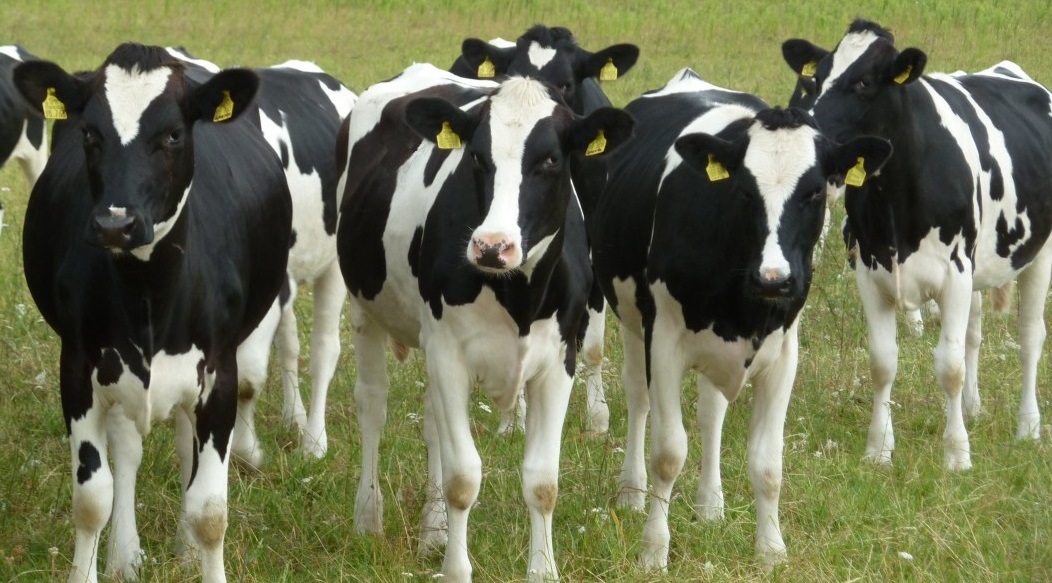
Since the original Dairy Cow Welfare Strategy was launched in 2010, annual progress reports have been published communicating how the industry continues to progress in the agreed priority areas.
The Cattle Health and Welfare Group (CHAWG) has now published the 2014 review of the Dairy Cow Welfare Strategy and, following wide consultation within the sector has revised the strategy to deal with current issues. This is intended to support the continuous improvement process the industry has adopted.
In the past year, an increased number of members has now joined together under the CHAWG banner resulting in – AHDB Dairy, British Cattle Veterinary Association, Dairy UK, Holstein UK, Red Tractor Assurance, RABDF, RSPCA, NMR, NFU, NFUS and the Livestock Auctioneers Association, all working in unison.
What has changed?
“We have introduced some new priorities and made some changes to the existing priorities which, for example, include calf and heifer rearing” said Tim Brigstocke, Chairman, CHAWG.
He continued, “Youngstock are the future and it’s recognised by the industry that these animals need a great start to life, in order to optimise their health and welfare. Improving the incidence of pneumonia and scours are priorities, as is focusing on further reducing the calf mortality rate.
John Avizienius, RSPCA Aquaculture and Ruminants Manager, said, “Cow comfort can influence every aspect of the life of the dairy cow. If we neglect it, not only does it result in diminished health and welfare, but also poorer lifetime performance. The sector believes there is a need to increase efforts in this important area and take a more proactive approach to ensuring cows have the most comfortable environment, to suit their behavioural needs. I believe it is a very welcome additional priority to the strategy.”
Tim Brigstocke continued, “The ‘aspirations’ as they are known, set out in this dairy cow welfare strategy, give dairy farmers and their support network the desired outcomes to work towards, in a way that matches the individual farm circumstances and ensures a collaborative approach. These priority changes are good for the cows and good for the farm businesses, as farmers are aware that allowing their animals to satisfy their behavioural needs will improve health and welfare and, in turn increase the overall efficiency of the business. This emphasis on these priorities underpins many of the other production-related priorities covered by the strategy, such as fertility and mastitis prevention.”
CHAWG will continue to seek to quantify the progress of the strategy for future annual reports and members are now accountable, as a result of the changes, for capturing the data to demonstrate the progress being made.
